
What is a Stock Character?
Stock characters are like old friends you can always depend upon. In comedy writing, certain types of characters pop up all the time. Yes, they can be predictable and always maintain their core traits, but are easily relatable to audiences.
It’s important not to confuse stock characters with flat characters who have little personality or internal conflict. While flat characters are predictable like stock characters, they often don’t change, whereas stock characters can, and do!
Stock characters are not just a staple in modern film and television, introduced in ancient storytelling to help an audience quickly grasp the dynamics of a Greek or Roman drama.
The fool, the hero, the villain, and wise mentor were recurring characters in ancient drama. While they weren’t always fully fleshed out, they provided a foundation for the narrative, helping shape and drive the comedic elements of the overall plot.
In recent times, stock characters remain a stalwart in comedy writing, found in our favorite sitcoms and shows. Stock characters have also become more than just placeholders for plot mechanics, and are part of what makes a comedy enjoyable. They help us screenwriters craft jokes, build chemistry, and maintain pacing.
In today’s article, we’ll take a closer look at the role of stock characters in comedy, why they work so well, and how you can use them to enhance your own comedy writing, without falling into the dreaded pit of cliché!
If you’d like to find out even more about stock characters across the board, then we have a blog for that! Check out our article on Defining Stock Characters. Make sure to come back here afterwards – it’s comedy season here at Celtx after all!
Why Stock Characters Work in Comedy
The role of a stock character in comedy is multi-faceted, with one of their most important being to establish a quick emotional connection with the audience. When we recognize a familiar character type, we don’t need a long introduction to understand who they are.
All we need is their actions, dialogue and behavior to get on board with their humor, which usually follows predictable patterns.
How does this help us as writers? Well, it means we can focus on humor and conflict, rather than setting up reams of character development. Take straight man vs the fool – while the fool usually acts recklessly, the straight man reacts with confusion or frustration. This dynamic is clear to us immediately.
Stock characters are also integral to comedic timing, which is all about setting up and then subverting an audience’s expectations. When the audience knows what to expect from a character, when the character deviates from that, it can make for hilarious viewing.
Let’s take an example from classic comedy The Office. Dwight Schrute, the eccentric and power-hungry salesman’s consistent self-important and exaggerated behavior, is funny because he never wavers from it. He often finds himself up against his deadpan and sarcastic colleague, Jim Halpert, who often highlights Dwight’s absurdity.
From season one, episode one, the audience knows what to expect from the conflict between Dwight and Jim, waiting to see how Jim will wind up Dwight next, and vice versa. This makes for some great comedy moments across the show.

I don’t think Jim and Dwight would admit it, but they have some great chemistry despite their disagreements. That’s what stock characters do – help create quick rapport between characters, playing opposites off against each other, allowing for rich comedic chemistry and timing.
Examples of Famous Stock Characters in Comedy
Some of the most popular examples of stock characters in comedy include:
The Fool
Often the underdog, the fool is usually unintentionally funny. They stumble through life, but somehow we find them endearing. Characters like Michael Scott from The Office or Joey Tribbiani from Friends come to mind here.
The Straight Man (or woman)
Characters like Elaine Benes from Seinfeld provide the calm, reasonable counterpoint to the more eccentric characters.
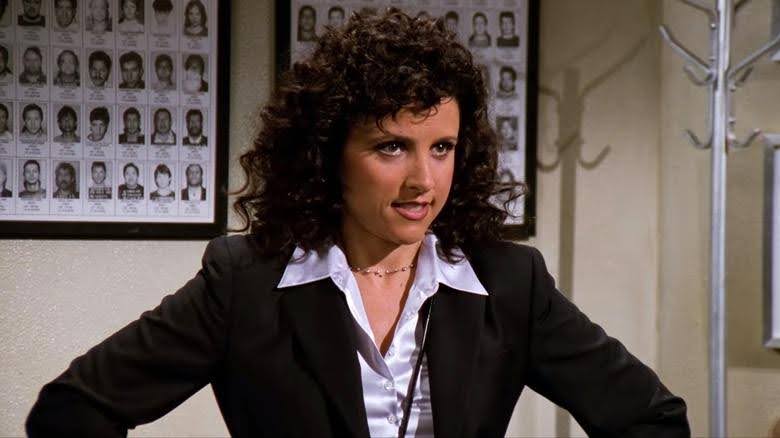
The Cynic
These characters often serve as foil to the more optimistic characters, with a dark and sarcastic view of the world. They’re quick to bring others down to earth with an unpleasant bump, using their dry wit and ability to cut through the nonsense.
Dr. Frasier Crane from Frasier is an intelligent and cultured psychiatrist who perfectly fits into the cynic blueprint. His cynical view of the world, particularly about his family and relationship, balances out his more eccentric and optimistic brother, Niles.
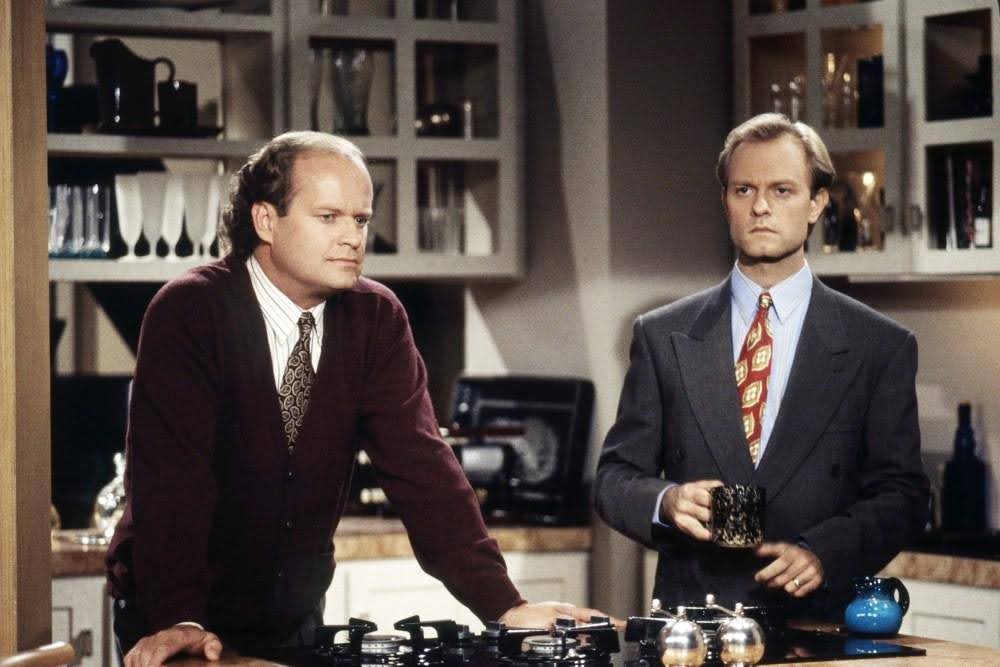
The Bumbling Sidekick
Second to the lead character or hero of the piece, the sidekicks are generally well-meaning, but prone to making mistakes and finding themselves in sticky situations. Their humor comes from their inability to get things right despite all the best intentions in the world.
Think Scooby-Doo’s Shaggy, the epitome of the bumbling sidekick. He’s scared of pretty much everything, often running away from danger to stumble upon the solution to Mystery Inc.’s quandary. It’s his deep bond with Scooby and lovable fearfulness that draw audiences in.
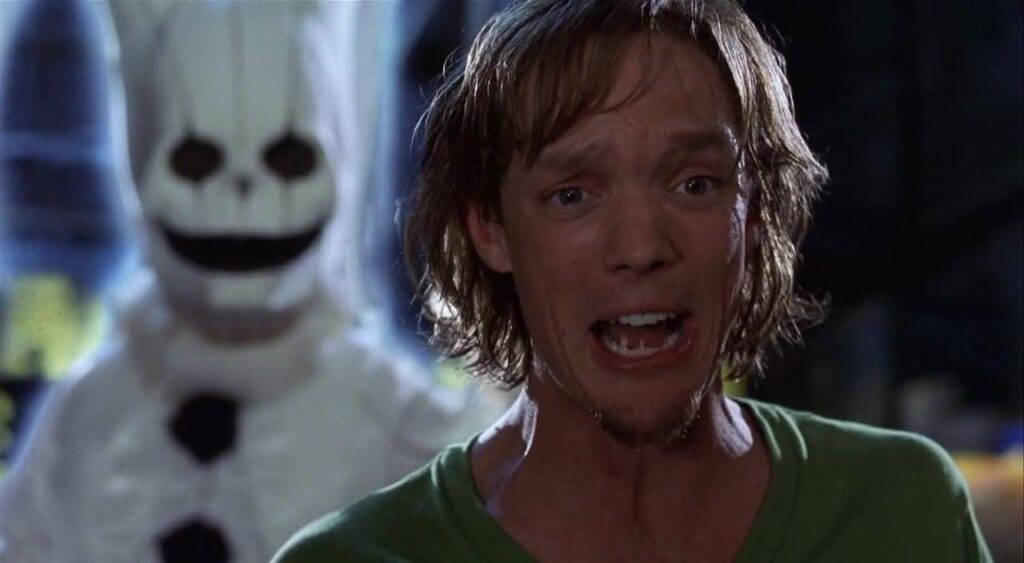
The Manipulator
Master of schemes, the manipulator is always looking for ways to get what they want at someone else’s expense. But when their plans backfire, it always makes for great comedy.
Full of passive-aggressive remarks and sarcasm, Arrested Development’s Lucille Bluth uses her wealth and status to control her family members. While we find her behavior chilling, it always ends in a comedic debacle.

The Newcomer
Like the audience, this character is new to the story world, finding their feet as they go. Their lack of understanding of the situation, alongside their innocence or gullibility, often leads to comedy.
While we can’t quite describe her as naïve, Moira Rose from Schitt’s Creek is definitely out of touch with the small-town lift she and her family are thrust into after losing their fortune. Her lack of understanding of rural culture, combined with her eccentricities, make her a funny fish out of water.
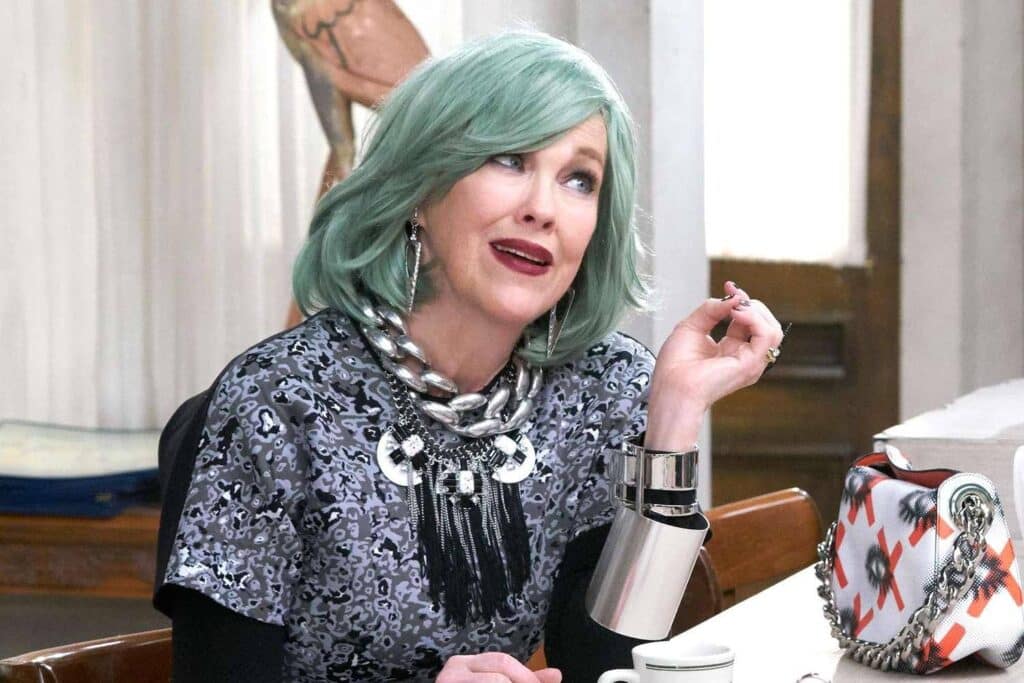
The Flamboyant
Larger than life, with dramatic flair and showy behavior, the flamboyant personality is the outrageous one, hilariously trying to steal the spotlight at every opportunity.
Will & Grace’s Will Truman fits the bill perfectly, with his sarcastic, flamboyant and confident personality. He’s not afraid to unapologetically express his opinion at any given moment, especially in his interactions with Grace.

The Overachiever
Always driving for success, the overachiever has a grand plan that is always unrealistic. The comedy stems from their failure to meet their own high expectations.
Ben Stiller’s White Goodman in Dodgeball: A True Underdog Story is a parody of the overly competitive and arrogant ‘motivational’ leader. His obsession with defeating the underdog team leads him into ridiculous circumstances.
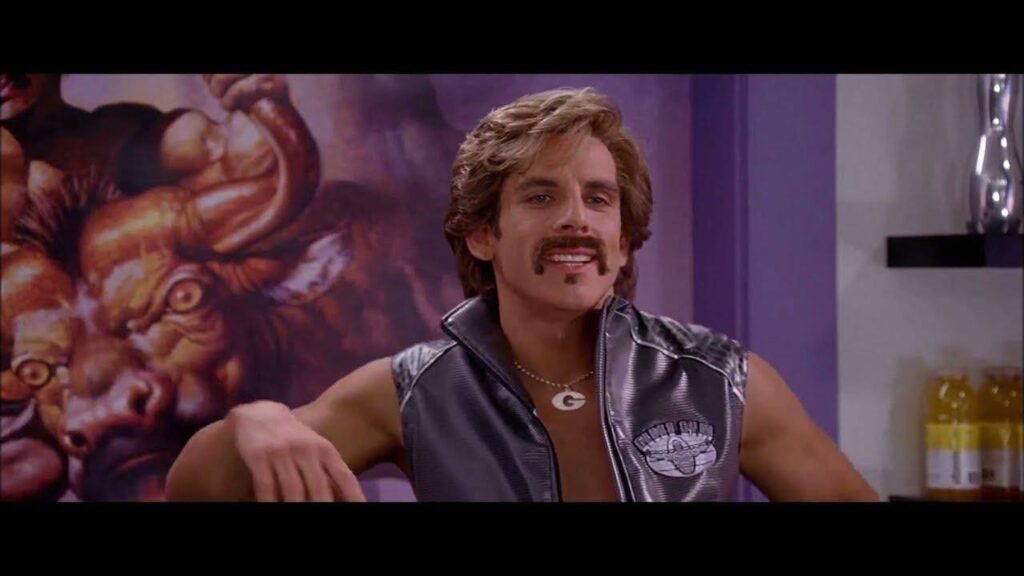
The Lovable Rogue
Often with a lack of intelligence, the lovable rogue will always have a sweet nature and good intentions. They’re generally harmless to those around them, but can cause chaos as they go through life.
We’re going to sink ourselves into the world of cartoons for a moment with Homer Simpson, Fred Flintstone and Peter Griffen. All loving fathers, they are often reckless and bumbling in their efforts to provide for their families. The slapstick elements of their characters also make for great comedy!

The Love Interest
This character often serves as a romantic foil for the protagonist, driving the tension and comedy between them. Characters like Rachel Green from Friends fall into this category.

Are Stock Characters Necessary?
While stock characters provide huge benefits to a story, they aren’t strictly necessary. The question of whether to use them or subvert them depends entirely on the tone and style of comedy you’re writing.
As we know, stock characters in comedy are instantly recognizable, making them easy for audiences to connect with. For writers, this allows us to let the characters lead the way with their own character development and the interactions they have with others.
By letting our characters lead the way, we can create dynamic, conflict-driven humor through their interactions. We’ve seen this in the balance created by Dwight and Jim’s characters in The Office, that have fueled many of the best gags in sitcom and sketch comedy history.
Of course, there are limitations to stock characters, the biggest being cliché. If we rely too heavily on them, they can start to feel one-dimensional and stale. If a character is too predictable, they may lack the depth and complexity that make comedy compelling to audiences.
Comedy has a tried and tested formula. While we always encourage playing around with the formula, if we overuse this formula in terms of the plot and character, the script can quickly seem too formulaic. Comedy thrives on surprise and novelty, and relying too much on familiar tropes could stifle our creativity.
How to Use Stock Characters While Staying Original
The question remains – how do we use stock characters without falling into the pit of cliché and predictability? Here are our top tips to keep your characters original:
Layers, Layers, Layers
Like Shrek, stock characters need layers. While the eccentric may be zany, if we gave them a genuine vulnerability or surprising talent to make them more interesting, we’re creating a well-rounded character with room to grow and change.

While Jim from The Office is classed as the straight man, his playful pranks on Dwight and his subtle emotional depth keep him from feeling one-dimensional. He’s not all about playing the pranks, as we see him and Pam’s relationship develop.

Subvert Expectations
Instead of having the optimist always succeed in their endeavors, show them occasionally becoming disillusioned or falling short of their goals. By subverting the audience’s expectations, you keep the character’s humor fresh.
As Leslie Knope pursues her aspirations in Parks and Recreation, she encounters setbacks and sometimes fails to achieve her often lofty goals. It’s her consistent determination that makes her journey fun for audiences to watch.

Mix it Up!
Don’t be afraid to combine elements from various stock characters to create a brand new one. For example, the lovable fool whose straight man side comes out in certain situations can make for great character complexity and variety.
The Middle’s Sue Heck could be described as a mixture of the overachiever and lovable rogue. An eternal optimist, Sue always works hard to succeed, despite her often embarrassing and awkward failures. Despite her high ambitions, she always finds herself in unfortunate situations, with a lack of coordination and social ineptitude.
Sue is a great example of subverting character expectations, keeping the audience on their toes.

For more top tips on creating strong comedic characters, check out this awesome article from Sundance!
Conclusion
Stock characters have long been a staple of comedy writing, providing writers with a shorthand to quickly establish humor, conflict, and audience connection.
By playing on familiar archetypes, we can craft dynamic relationships, efficient pacing, and comedic timing that keep audiences engaged.
While these characters are undeniably useful, it’s important to balance familiarity with originality to avoid cliché. By layering, subverting expectations, or mixing different types of stock characters, we can breathe new life into classic archetypes and create fresh, engaging comedy.
Ultimately, stock characters are a tool. When used thoughtfully, it can elevate a comedy script from predictable to unforgettable.
So, whether you’re writing your next sitcom or sketch, remember that a well-crafted stock character can be the key to making your audience laugh, and keep coming back for more!
Ready to write the next great comedy? Start crafting characters with Celtx today!
More articles to keep you laughing (and learning):
- Laugh Out Loud: How to Write a Comedy Script
- The Best and Worst Character Arcs in Modern TV and Film
- Character Foil: The Secret Ingredient for Dynamic Duos in Screenwriting

